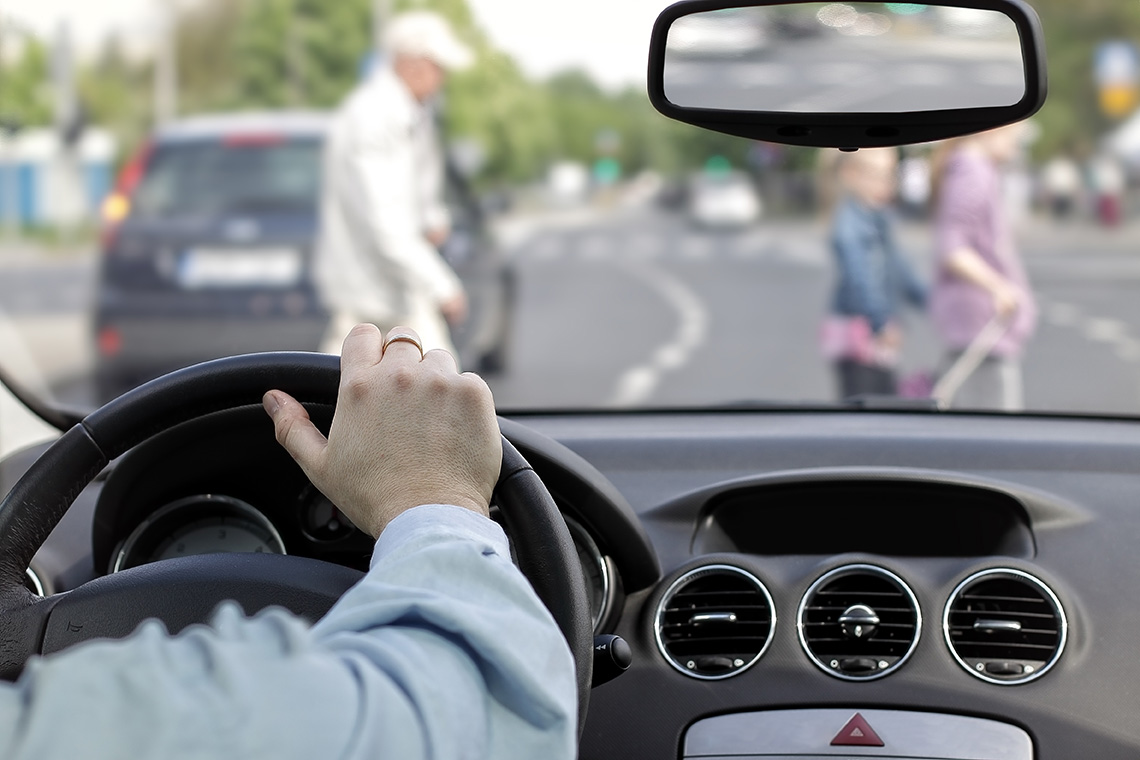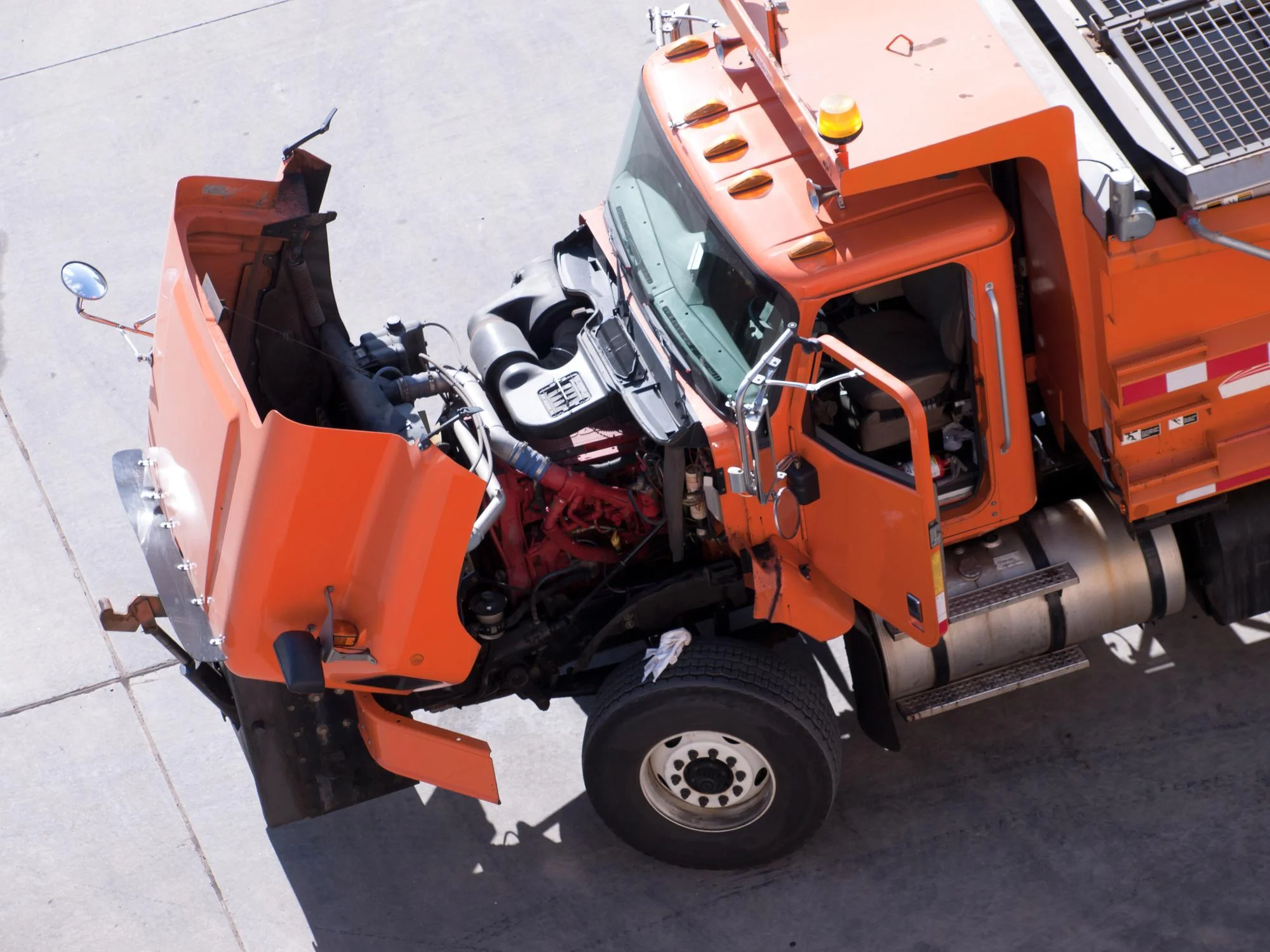Anyone who has been in a car accident knows that it is a nerve-wracking experience. The stress and anxiety brought on by these situations are exponentially increased if the other driver flees the scene. Hit and run accidents are all too common and not everyone knows how to go about handling such situations. It is important to report the accident to the local police immediately and give them as much information as possible. You may also need to notify your insurer and the Department of Motor Vehicles. If you were injured due to a hit and run accident, it may also be in your best interest to speak with a personal injury attorney.
What is a Hit and Run?
When you are involved in a motor vehicle accident, you are legally required to exchange information with the other party. This can also include single vehicle accidents where there is property damage. If you or someone else leaves the scene of a car accident without providing your information, it is considered a hit and run. In the state of California, someone who commits a hit and run could find themselves charged with a misdemeanor or a felony depending on the extent of the damage and injuries caused and the area in which the accident occurred. Even if you were not the one who caused the accident, it is still considered a hit and run if you flee the scene.
What to Do After You Find Yourself in a Hit and Run
The steps that should be followed after a hit and run are generally the same as with any motor vehicle accident. The safety of you and any passengers should be your first concern. Then you want to contact the proper authorities and try to document as much information about the accident as possible. Seek medical attention if necessary and talk to an attorney if you are injured.
Assess Your Safety
The most important thing is to ensure your wellbeing immediately after an accident. If possible, pull over or move your vehicle to a safe location out of the flow of traffic. If that is not possible, turn on your hazard lights. If you are unable to move the car but you are able to safely exit the vehicle and move yourself to a safer location, then do that as well. If you are in an unsafe location or anyone in your vehicle has been injured, call 911 for assistance. If you or one of your passengers has suffered serious injuries, do not attempt to move. Follow the instructions of the 911 dispatcher and wait for help to arrive.
Call 911
After a hit and run, once you’ve ensured everyone’s safety, the next step should be to call 911. Not only for any injuries, but also to file a police report. Give the officers as much information as you can about the other vehicle and the driver. The police may be able to conduct their own investigation to find the other driver and you will need a copy of the police report for any insurance claims. If there are no injuries and no need for emergency assistance, you can call or visit the nearest police station directly to report the hit and run. You will also want to provide any photos or videos you have pertaining to the accident.
Gather Information and Evidence
It is important to have as much information and evidence as possible when dealing with a hit and run. Write down as many details as you can remember as soon as possible to retain those details for the police and insurance companies. Information you will want to have can include but is not limited to:
- Make, model, color, and plate number of the other vehicle
- Any identifying features such as damage or stickers
- Physical description of the other driver
- The date, time, and location of the accident
- The details of how the accident occurred
- Photos of the scene and damage to your vehicle
- Any witness names and contact information
- Photos, videos, dashcams, and possible nearby security cameras
Contact Your Insurance
If you have been in a hit and run accident that has resulted in property damage or injury, you will need to inform your insurance company. It is best to do this right away as each company has their own rules for filing claims. They will send an appraiser to assess the value of the property damage and give you information on your coverage. If you have Uninsured Motorist Coverage, this can be utilized in a hit and run case. If you are injured, you may want to hire an attorney and have them handle the insurance company from there. With hit and run claims, the insurance company will also want some kind of police report on the accident.
Don’t Leave the Scene of the Accident
There are many reasons why a person might want to leave the scene of an accident after the other person has fled. They may think they can chase them down or get more information if they follow them. They may assume since the other person is gone, that there is no reason to stay there. It is important to stay and call the authorities from the scene itself and wait for further instructions. Leaving the scene of an accident is still illegal even if the other party did it first. It is also easier to provide more information to the police while still on the scene.
Talk to Any Witnesses That Witnessed the Hit and Run
If there are bystanders nearby who saw the accident occur, they may be able to give additional information that could be useful for your claim. If the police arrive at the scene personally, they can take witness statements down for their report. Otherwise, you can also ask witnesses if they would be willing to provide you with their contact information so they can make statements for the police or insurance company later on.
How to Report a Hit and Run to the Police
When you call 911, they will assess your situation and determine whether it is appropriate to send the police and/or paramedics. If they do send police, you can give your statement and information to them directly on the scene. If you are severely injured, they may have an officer follow up with you later at the hospital. If there are no serious injuries or damage, some areas will not send police to the scene, and will instead instruct you to file a report online or with the station directly.
How to Report a Hit and Run to Insurance
Filing an insurance claim for a hit and run can sometimes be more complicated than other accidents. If you are opening a personal injury claim, your attorney may handle this part on your behalf. The insurance company will want as much information about the accident as possible. They will also generally require a police report if it was a hit and run. While it is legally required for California drivers to have auto insurance, many forms of coverage are optional. If your policy includes things like Collision and Uninsured Motorist coverage, these can be utilized for a hit and run accident.
How to Report a Hit and Run to the DMV
If you are involved in a motor vehicle accident that results in bodily injuries or property damage valued over $1k, you are required to report the accident to the DMV. The form required is called an SR-1 and can be filed on your behalf by your attorney if necessary. The information needed for the SR-1 form includes details for both parties such as:
- Full Name
- Full Address
- Date of Birth
- Liscence Number
- Vehicle Make and Model
- Plate Number and/or VIN
- Insurance Provider
- Insurance Policy Number
Obviously, if the accident is a hit and run, you will not have this information for the other driver. The form must still be completed as much as possible and filed right away.
How Does Insurance Handle a Hit and Run
There are a few different ways your insurance might handle a hit and run depending on how much information you have for the other driver and the extent of coverage on your own policy. If you have a license plate number, it may be possible to track down the other driver and get in touch with their insurance. If the other driver cannot be found or is uninsured, you may have to rely solely on what is available through your own policy.
Uninsured Motorist Coverage
One of the optional types of coverage you may choose to add to your auto insurance policy is Uninsured or Underinsured Motorist coverage. As the name implies, this is for when the other driver does not have insurance, or their policy limits are too low to cover all of your damages. This is extremely useful to have if you have been in a hit and run accident. UM coverage is specifically used for personal injury compensation only. There is something called Uninsured Motorist Property Damage coverage that can be added to your policy separately. UMPD often has a lower premium than collision coverage, but this is because it generally has lower policy limits.
Collision Coverage
The purpose of collision coverage is to help pay for any damage to your vehicle caused by colliding with or being struck by another vehicle or object. This coverage is not dependent on fault, but the insurance company will want to assess the damage themselves to determine how much they are willing to pay. There is generally also some kind of deductible, usually around $1k or so. Some companies may choose to waive that deductible in situations such as a hit and run or if both drivers are insured by the same company. However, this is not always the case, so it is important to know exactly what coverage you have and what your options are under your policy.
Contact Mesriani Law Group if You Have Been Injured in a Hit and Run Accident
Being injured in a car accident is a frightening and stressful experience regardless of the circumstances. Being the victim of a hit and run only makes the situation worse. It is important not to panic and remember that you do not have to handle everything on your own. Having a personal injury attorney can take much of the burden off of your shoulders so you can focus on healing. Our firm will help you every step of the way, doing everything in our power to get you the best possible outcome. If you have been injured due to a hit and run car accident, call Mesriani Law Group today for a free consultation.
Hit and Run FAQs
What are examples of hit and run?
There are many different types of motor vehicle accidents that could result in a hit and run charge if you or someone else flees the scene. These situations include but are not limited to:
• Hitting another car in traffic
• Being hit by another car in traffic
• Hitting a pedestrian
• Hitting a bicyclist
• Hitting a parked car
• Knocking over a parking meter
• Knocking over a fence
• Driving through a wall
Can I be charged with a hit and run if the accident is not my fault?
It is against the law to leave the scene of a motor vehicle accident without providing your information, regardless of whether you were at fault or not. A hit and run is a criminal charge in and of itself that is separate from any civil claim pertaining to the accident. However, leaving the scene can also be used against you in a civil claim, even if you were not at fault.
Can you report a hit and run the next day?
Under CVC 20008, any car accident that results in injury or death needs to be reported to the CHP or the local police within 24 hours of the accident. If injuries occurred, a police officer should respond to the accident, and they will file the report for you.








